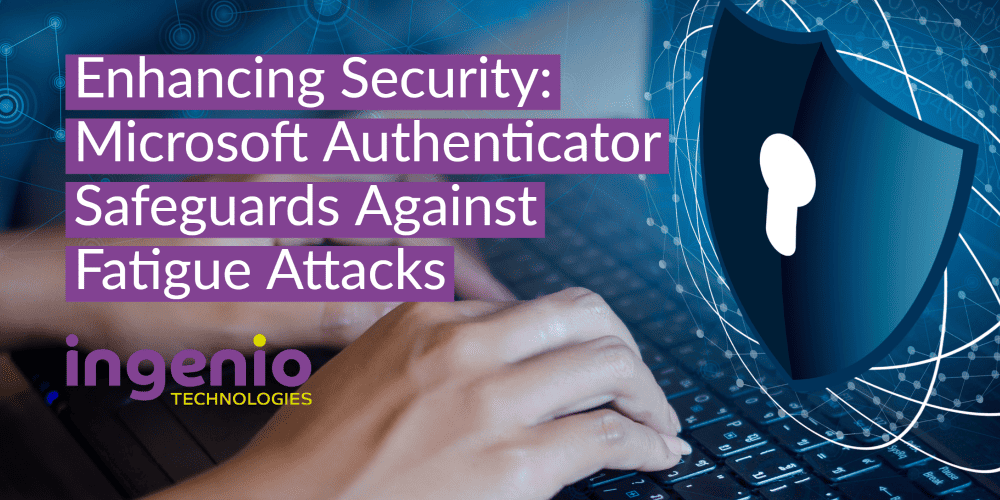Enhancing Security: Microsoft Authenticator Safeguards Against Fatigue Attacks
Introduction
In today’s digital landscape,
cyber security threats are becoming increasingly sophisticated, with attackers employing various tactics to gain unauthorised access to sensitive information. One such threat is
fatigue attacks, where hackers exploit weak or reused passwords to compromise user accounts. To combat this growing concern, Microsoft Authenticator offers a robust solution to bolster your security measures.
What is Microsoft Authenticator?
Microsoft Authenticator is a multifactor authentication (MFA) app that provides an additional layer of protection for your online accounts. By implementing MFA, you add an extra step to the login process, ensuring that even if your password is compromised, your account remains secure.
How Does Microsoft Authenticator Defend Against Fatigue Attacks?
Microsoft Authenticator incorporates several key features and benefits to tackle fatigue attacks and strengthen your security posture:
1. Two-Factor Authentication (2FA)
Microsoft Authenticator goes beyond traditional password-based authentication by requiring a second factor, typically a verification code generated by the app. This means that even if your password is compromised, an attacker would still need physical access to your device to gain entry.
2. Time-Based One-Time Passwords (TOTP)
With TOTP support, Microsoft Authenticator generates time-based codes that refresh periodically. These codes provide a temporary and unique authentication factor, ensuring that each login attempt requires a fresh code.
3. Biometric Authentication
Leveraging the capabilities of your device, Microsoft Authenticator supports biometric authentication methods such as fingerprint or facial recognition. This adds an extra layer of convenience and security, making it easier to access your accounts while maintaining strong protection.
4. Account Backup and Recovery
Microsoft Authenticator allows you to securely back up your accounts, ensuring that even if you change or lose your device, you can easily restore your accounts with minimal disruption.
Maximising the Effectiveness of Microsoft Authenticator
To make the most of Microsoft Authenticator and ensure optimal security, consider implementing the following best practices:
Enable MFA for all your critical accounts, such as email, social media, and financial services.
Regularly review and remove any inactive or unnecessary accounts from your Microsoft Authenticator app.
Keep your device’s operating system and the app itself up to date to benefit from the latest security patches and improvements.
Use a strong device passcode or biometric authentication to protect access to the Microsoft Authenticator app.
Conclusion
Fatigue attacks pose a significant threat to online security, but with the power of Microsoft Authenticator, you can fortify your defenses and safeguard your accounts. Implementing this powerful authentication tool alongside good password hygiene and other cybersecurity best practices will help ensure a secure digital experience.
Protect your accounts, defend against fatigue attacks, and enjoy peace of mind with Microsoft Authenticator.
For more information and guidance on securing your digital presence, contact our cybersecurity experts at Ingenio Technologies

